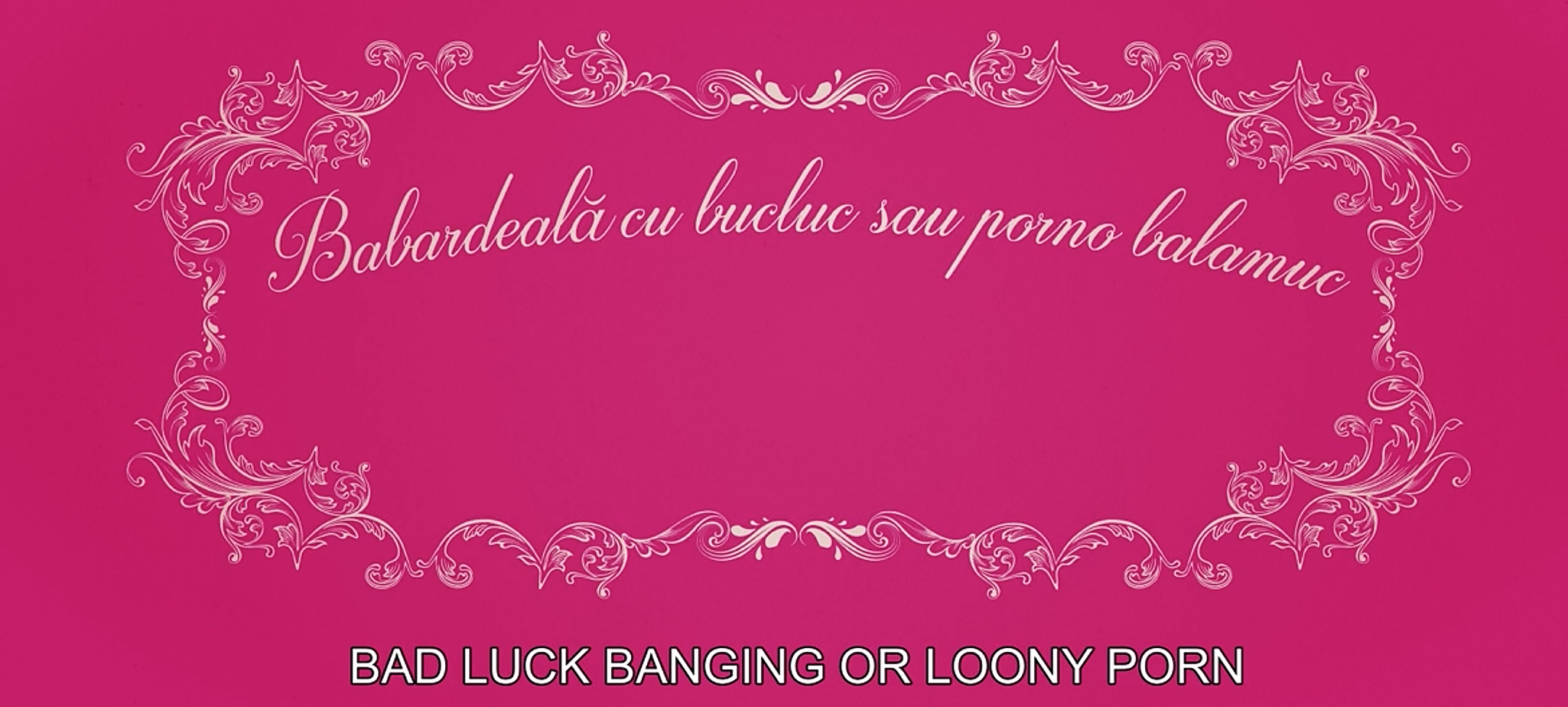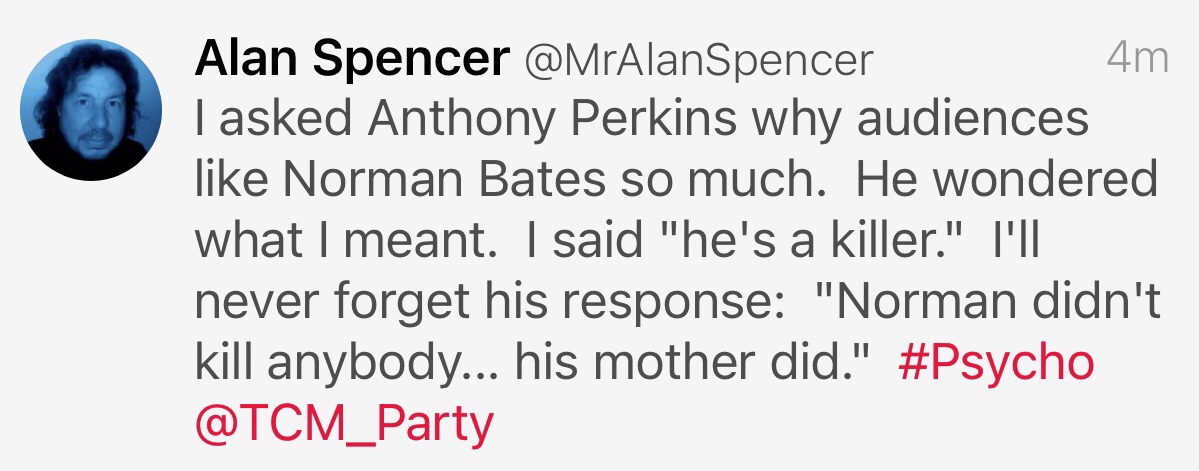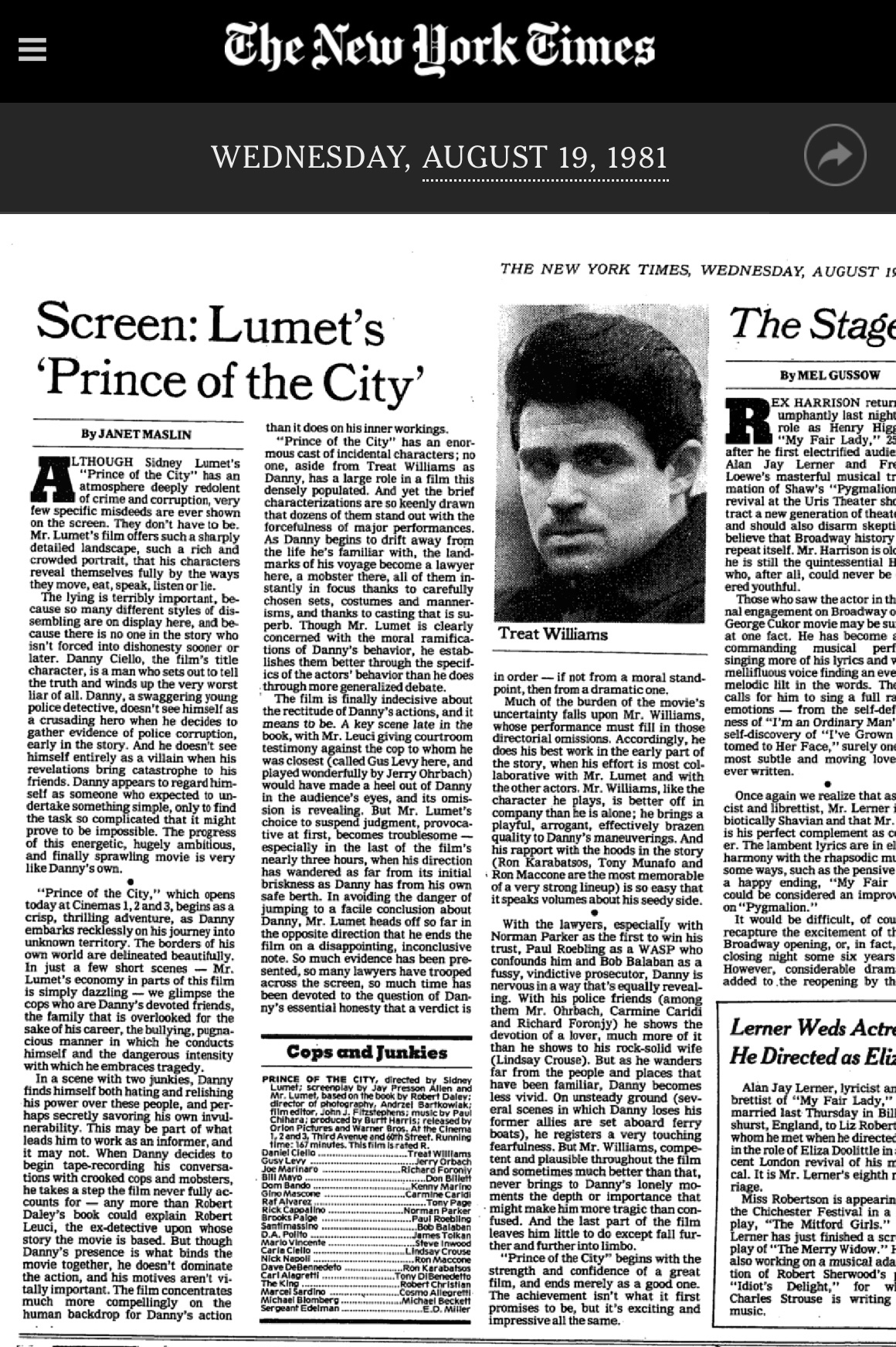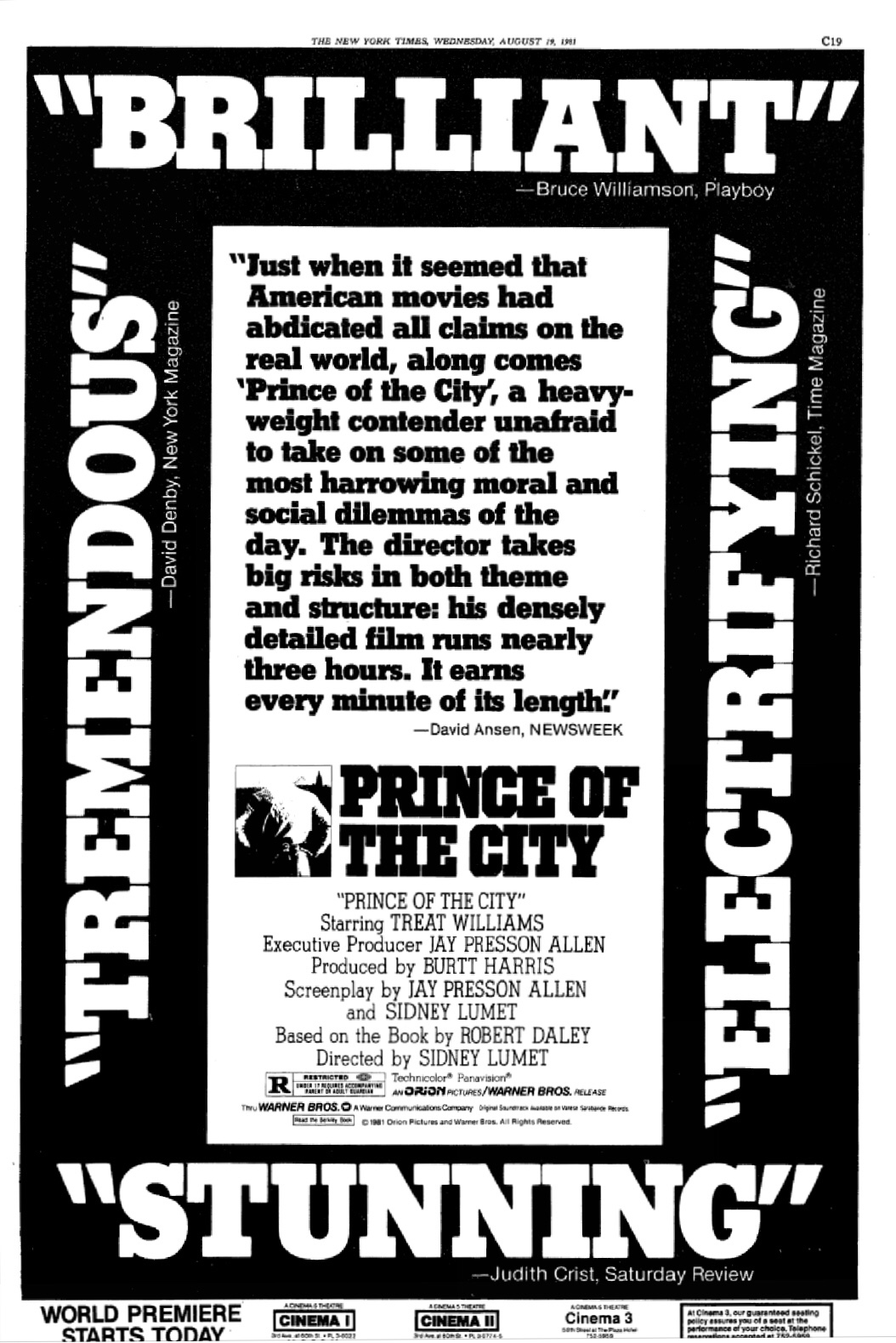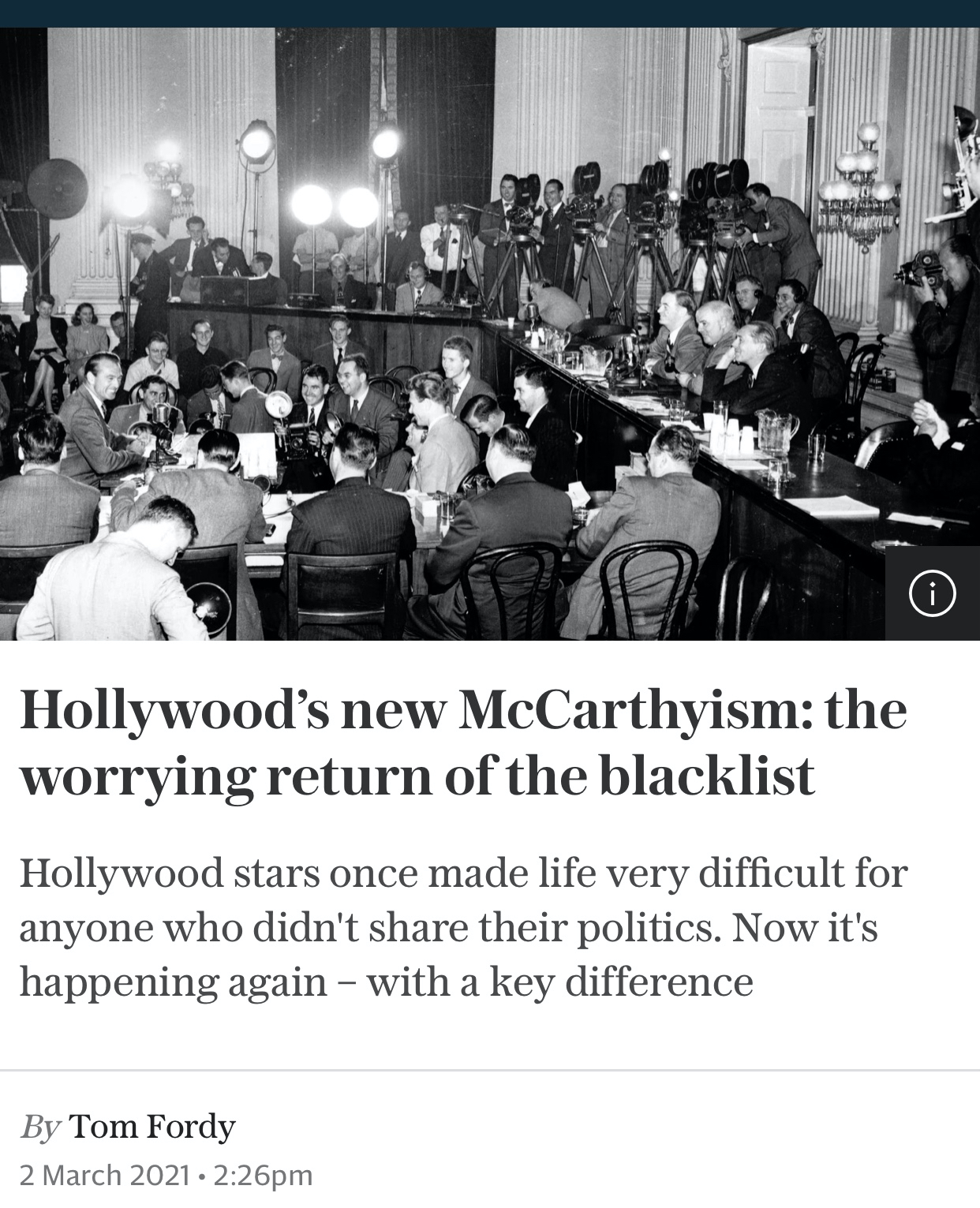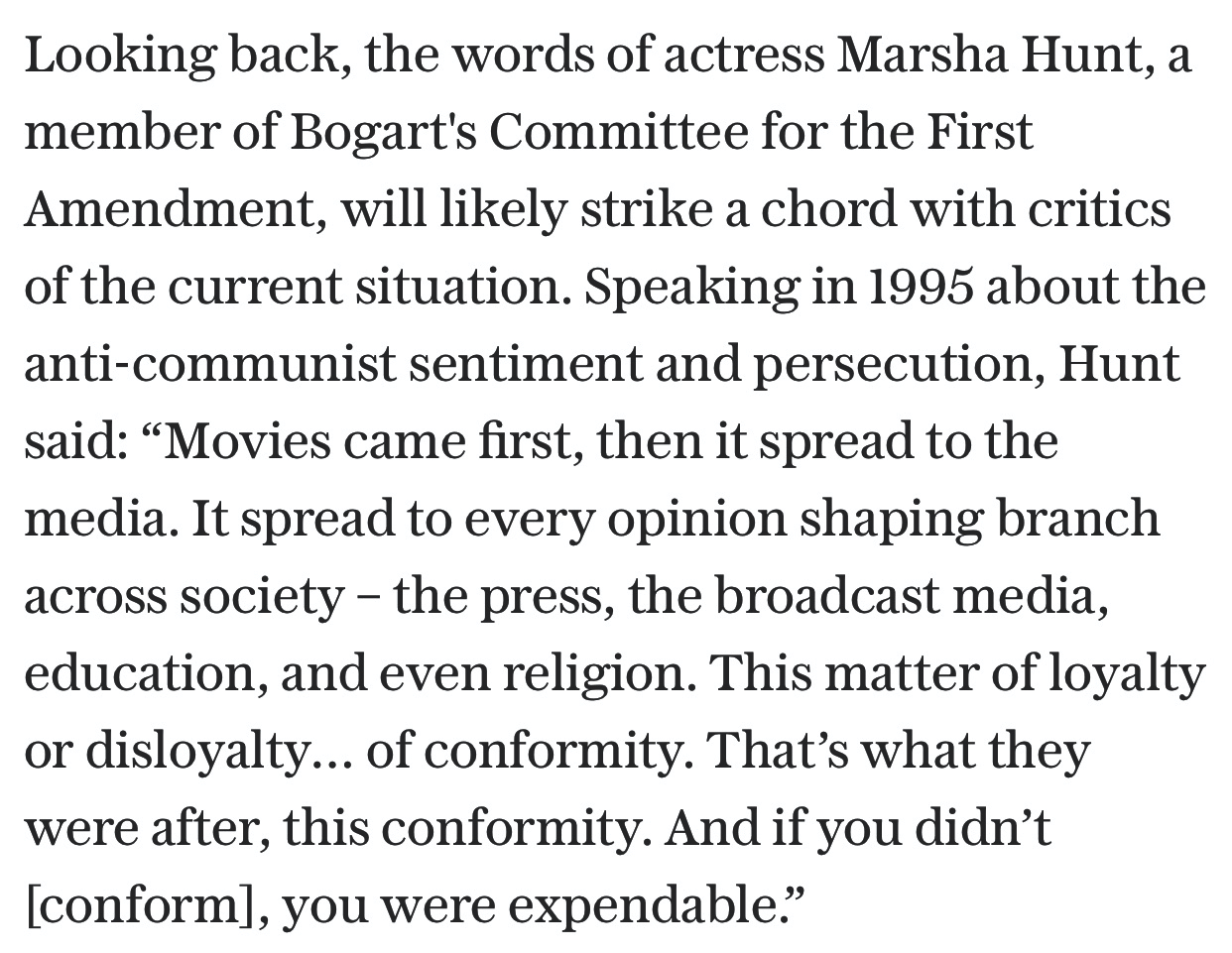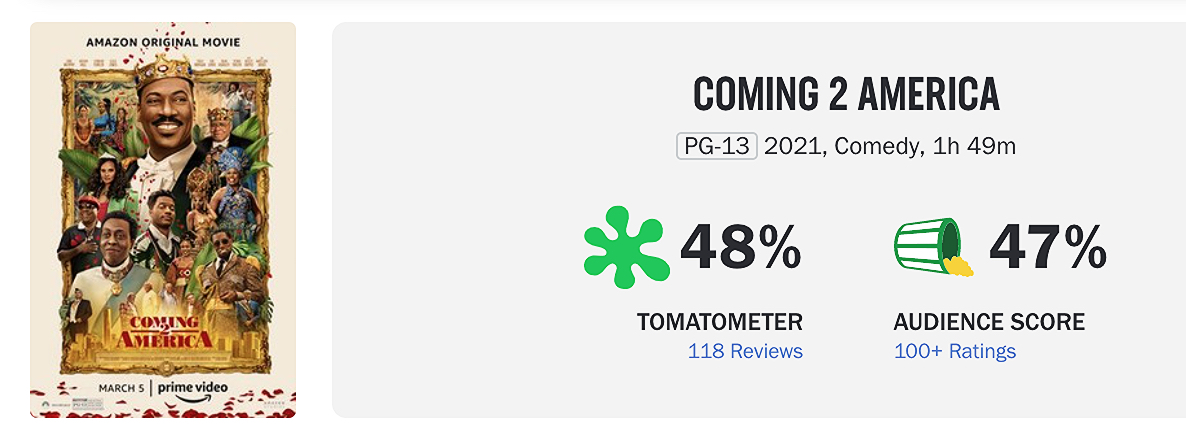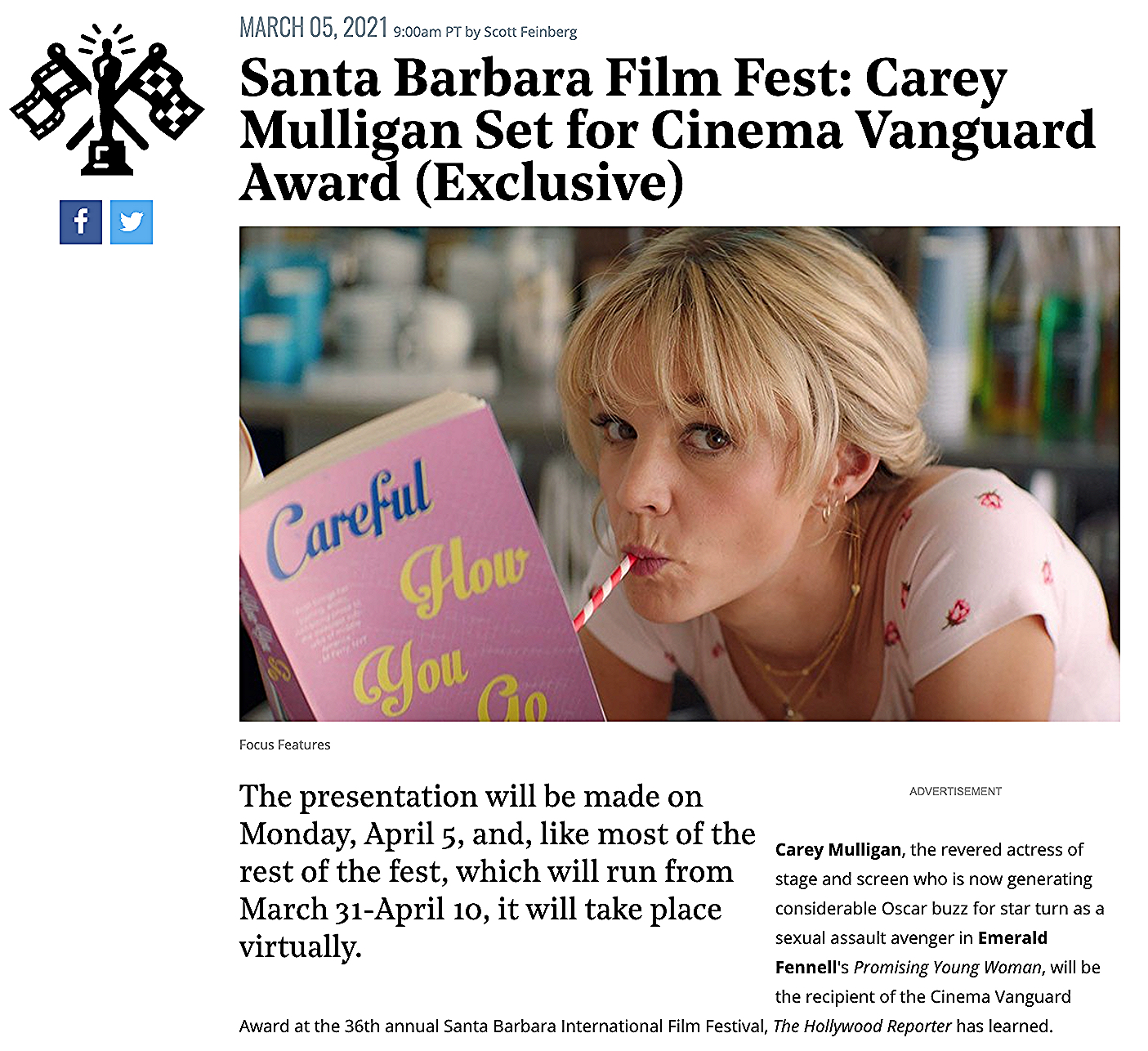“Near the conclusion of North by Northwest, Cary Grant finds himself in something of a pickle.
“His true love, Eva Marie Saint, is dangling helplessly in space on the face of Mount Rushmore. If she falls, splat. The reason she has not fallen is that Grant is holding her with one hand while with the other he grabs a rock ledge. Not easy. Watching all this is Martin Landau, the subvillain, who stands a few feet away, holding the precious statuette that contains valuable microfilm inside, said microfilm being of great danger to America should it fall into enemy hands. Grant, desperate, looks up at Landau and asks for help.
“Landau walks over to Grant and, instead of bending down and aiding him, puts his foot on Grant’s fingers and begins pressing down. He grinds his shoe down as hard as he can.
“That’s the pickle.
“Now, between that moment and the end to of this superb Ernest Lehman-Alfred Hitchcock collaboration, the following occurs:
a) Martin Landau is made to cease and desist.
b) Grant saves himself.
c) Grant also saves Eva Marie Saint.
d) The two of them get married.
e) The microfilm is saved for America.
f) James Mason, the chief villain, is captured and handed over to the authorities.
g) Grant and Saint take a train ride back east.
“That’s a lot of narrative to be successfully tied up. And I would like you to guess how long it takes in terms of screen time for it to be accomplished. Got your guess? Here’s the answer…
“Forty-three seconds.
“I don’t know of a more adroit ending to a film.” — from a passage in William Goldman‘s “Adventures in the Screen Trade.”
I’m sorry to argue with Bill, but check the time code. If you start exactly at the moment when Landau puts his foot on top of Grant’s hand (1:20) and end exactly at the moment when the film goes to black as Bernard Herrmann‘s music crashes to a finish and the train surges through the tunnel (2:20), the elapsed time is 60 seconds.

